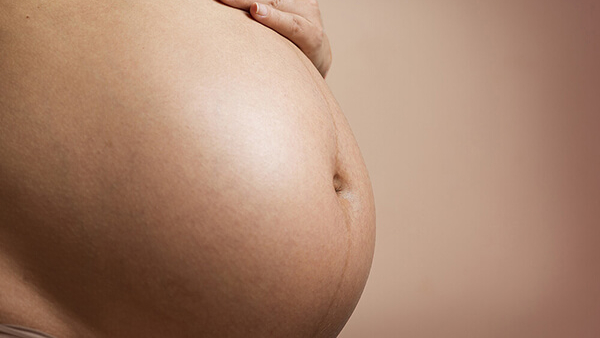Can vaginal tearing during childbirth be prevented?
A perineal laceration is a loaded word for mums-to-be. Especially as it is sometimes referred to as "tearing".
Read time: 2 m
Verified by Ingela Ågren
Certified Midwife
It doesn’t sound nice and it isn’t. However, lacerations are common. The body is under enormous stress during labour, particularly during the expulsion stage and during uterine contractions.
Can tearing be prevented and if so, how?
Most important is to communicate well with the midwife during delivery. She can control the pace and avoid the baby coming out too quickly by instructing the mother to pant or puff a couple of quick short breaths to ease the contractions. The midwife usually applies something warm (e.g. a warm wet cloth) to the perineum – the area between the anus and the vagina – during the expulsion stage. This increases the possibility of preventing severe tearing and damage to the rectum muscle. There are no guarantees, however, that vaginal tearing will be stopped. About 80% of all women have tearing, but this includes minor tears that are hardly noticeable and heal quickly.
In most cases, there are no complications, you get one or a few stitches that are absorbed by the body and dissolve after a couple of weeks. If you feel anxious about tearing, remember that it sounds worse than it is. Preventive actions include lubricating and massaging the perineum already during pregnancy. This softens the edges of the opening to the vagina. There is no scientific evidence that this works, but many midwives believe it may prevent tearing, so it is worth trying. Perineum massage oils are available on the market, although the massage itself is more important than the oil used. Talk to your midwife if you are concerned about tearing.
Verified by Ingela Ågren
Certified Midwife
Hundreds of related articles, podcasts & more waiting for you in the Preggers app.
Download Preggers today.

